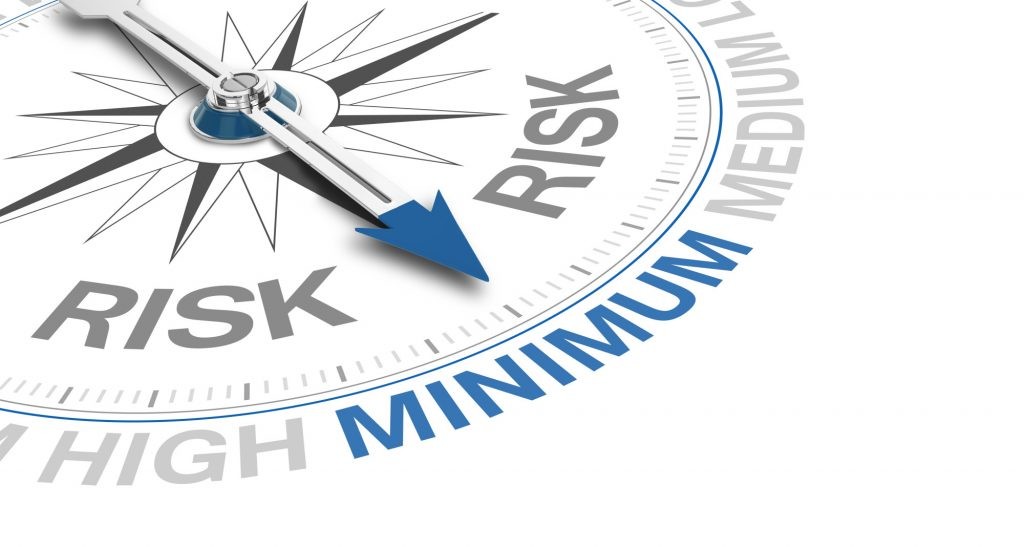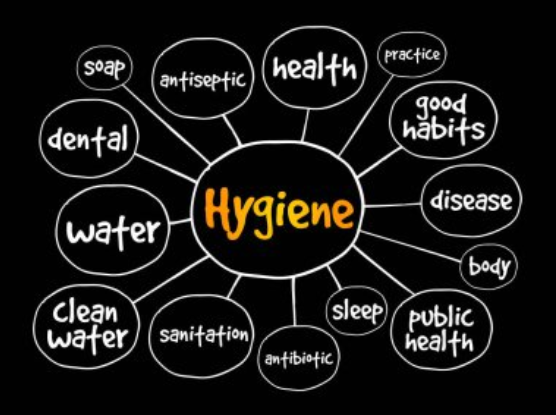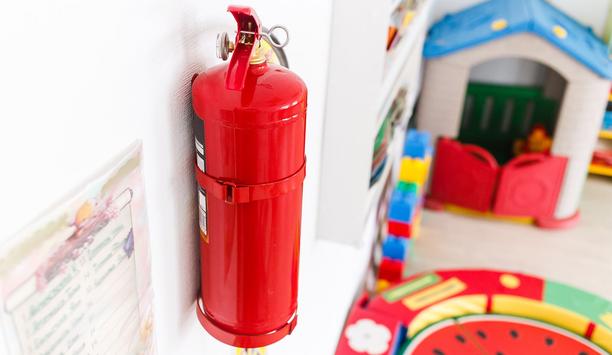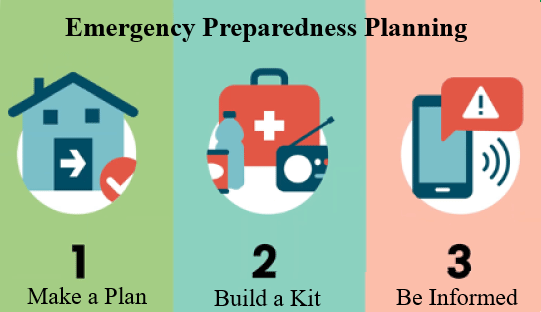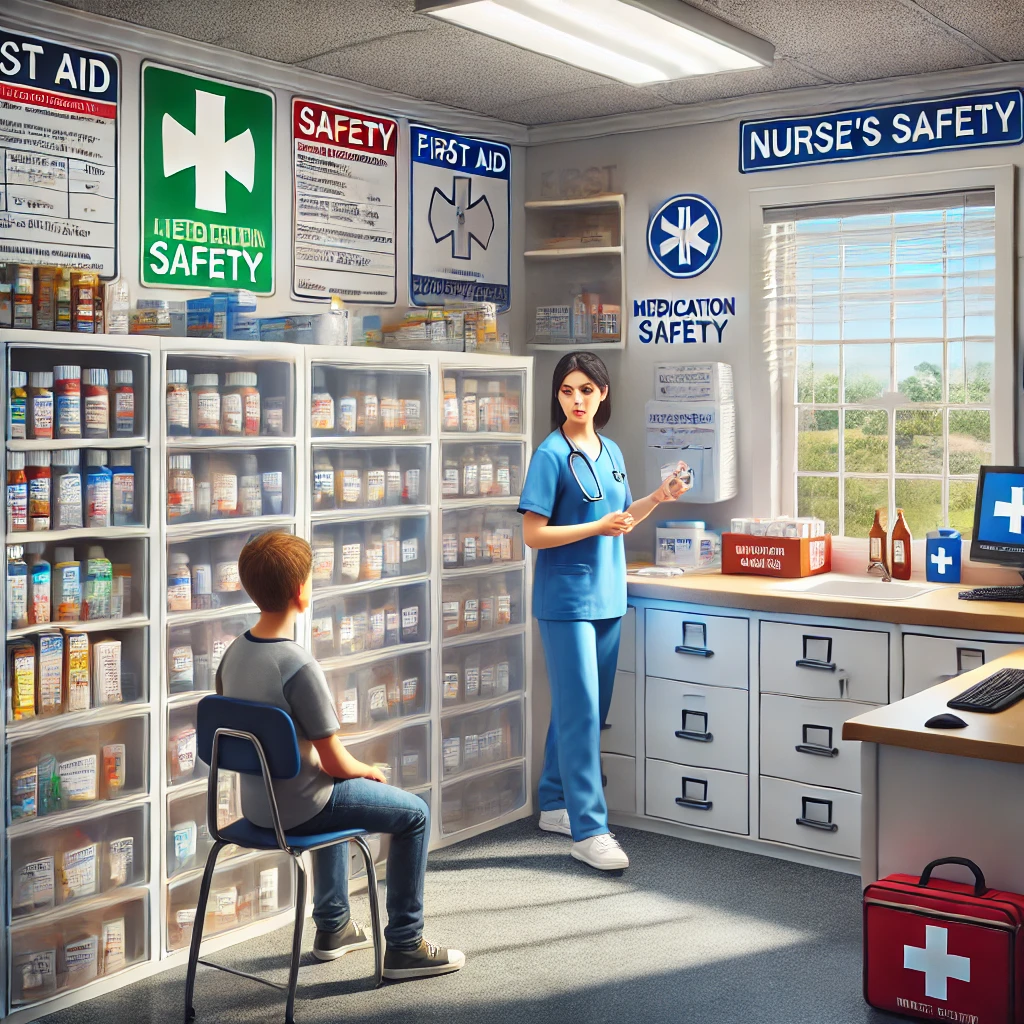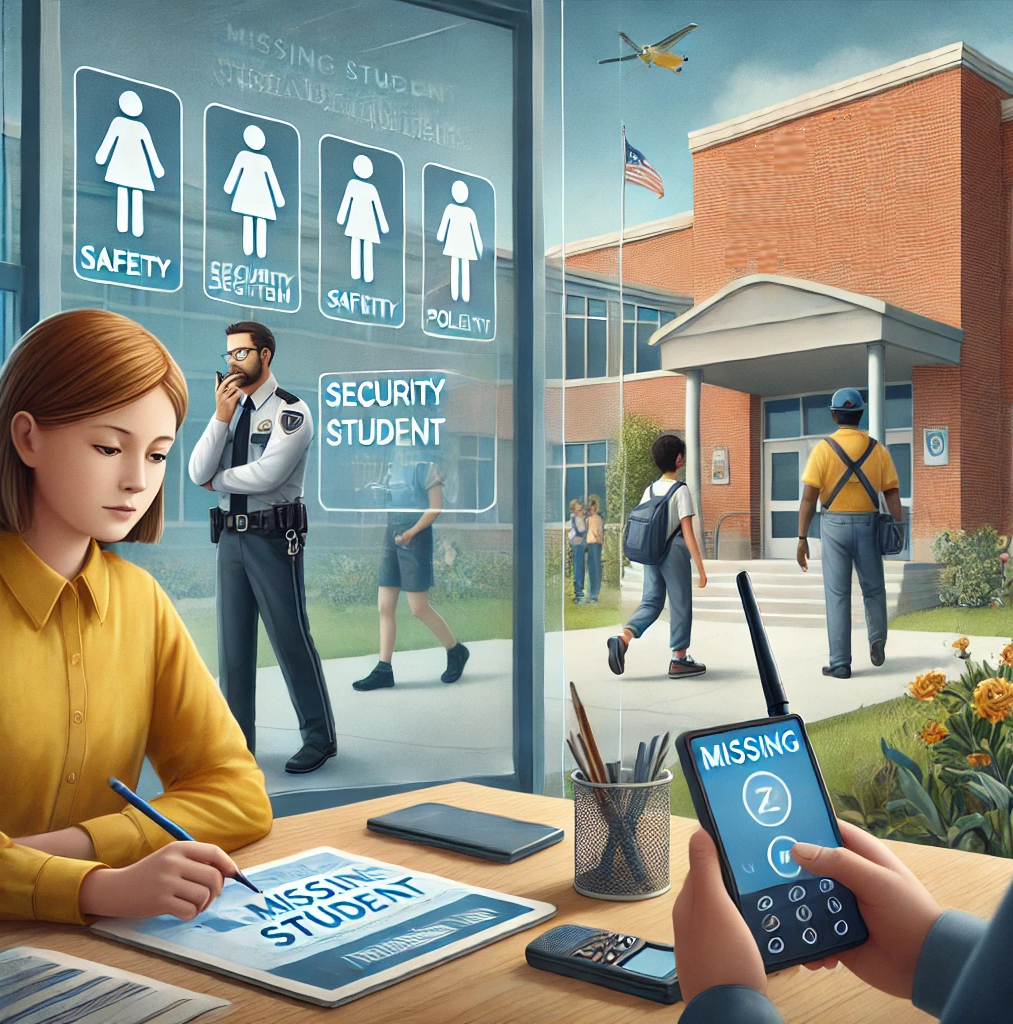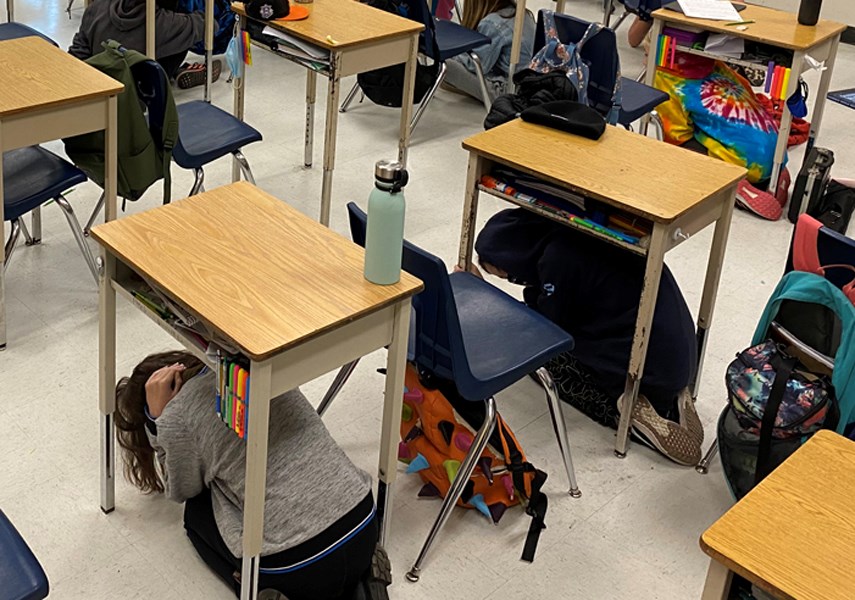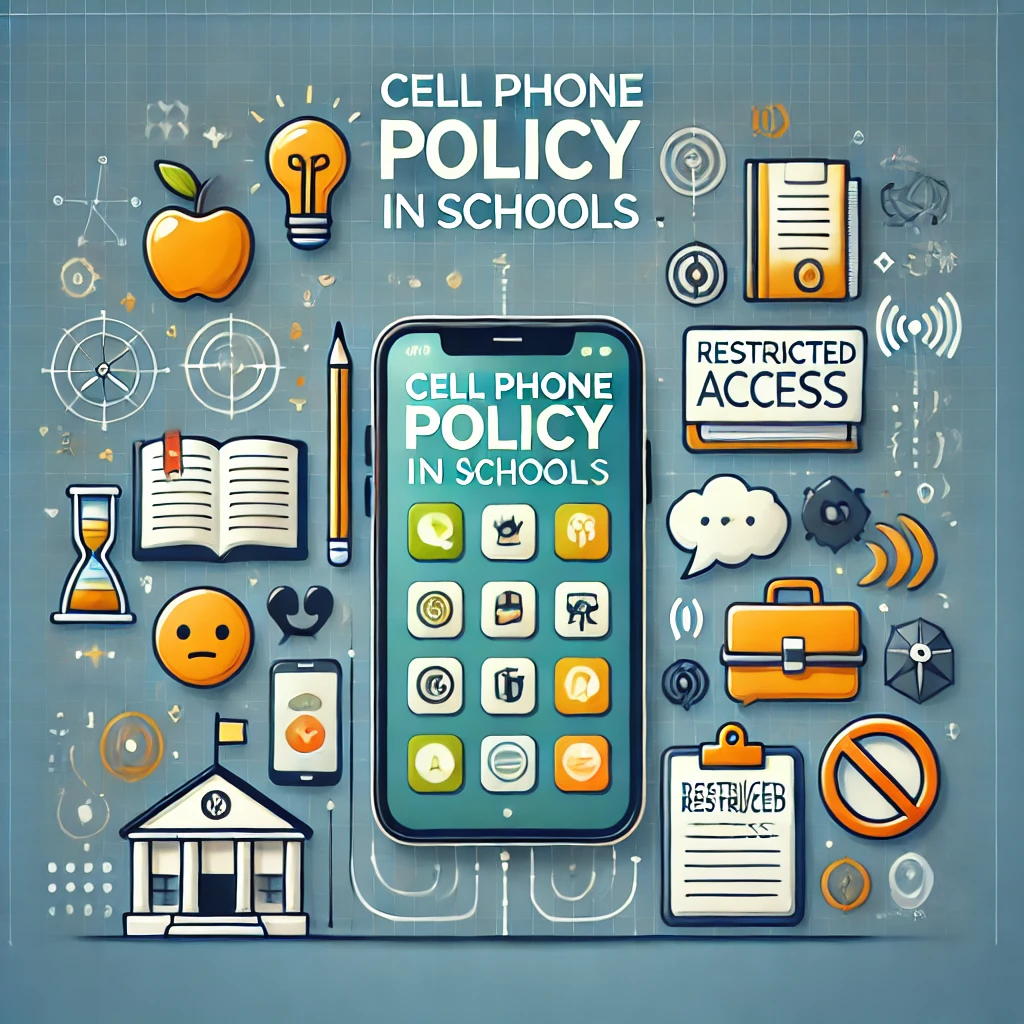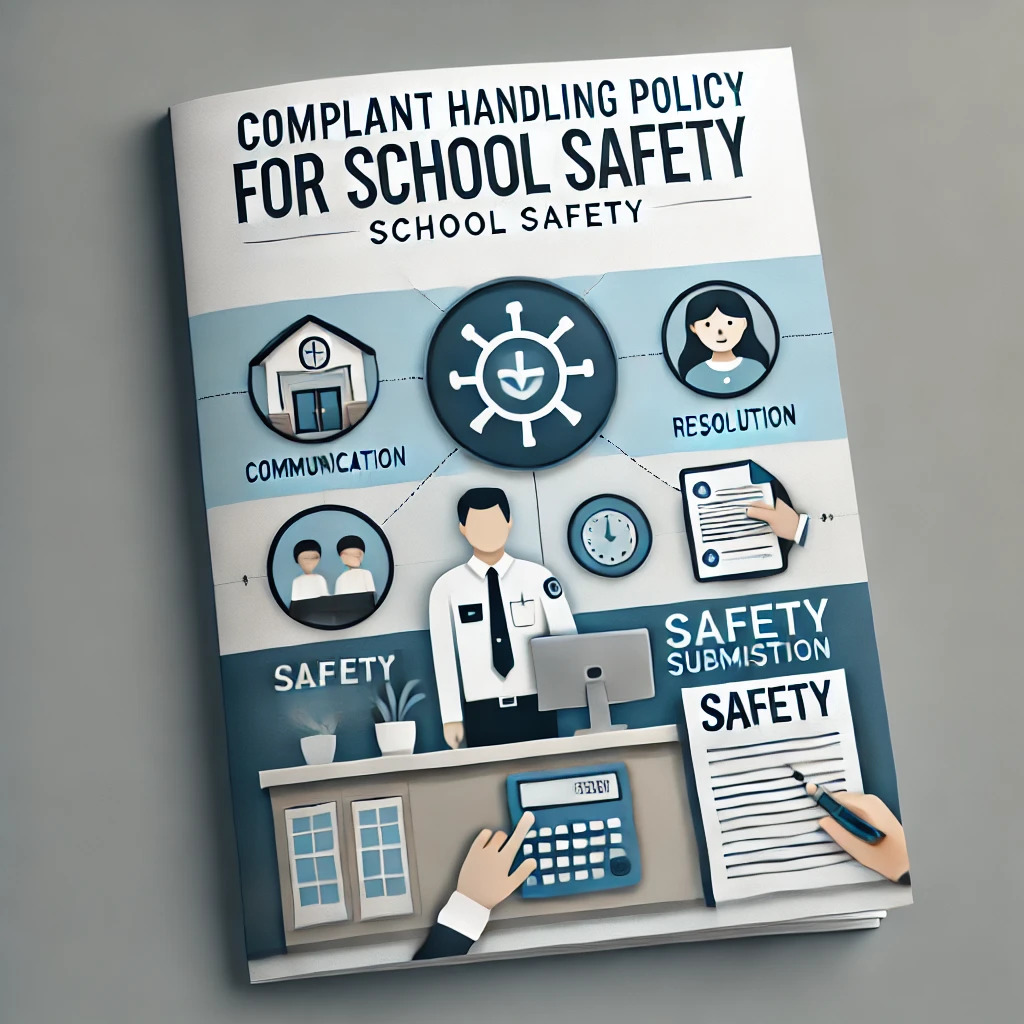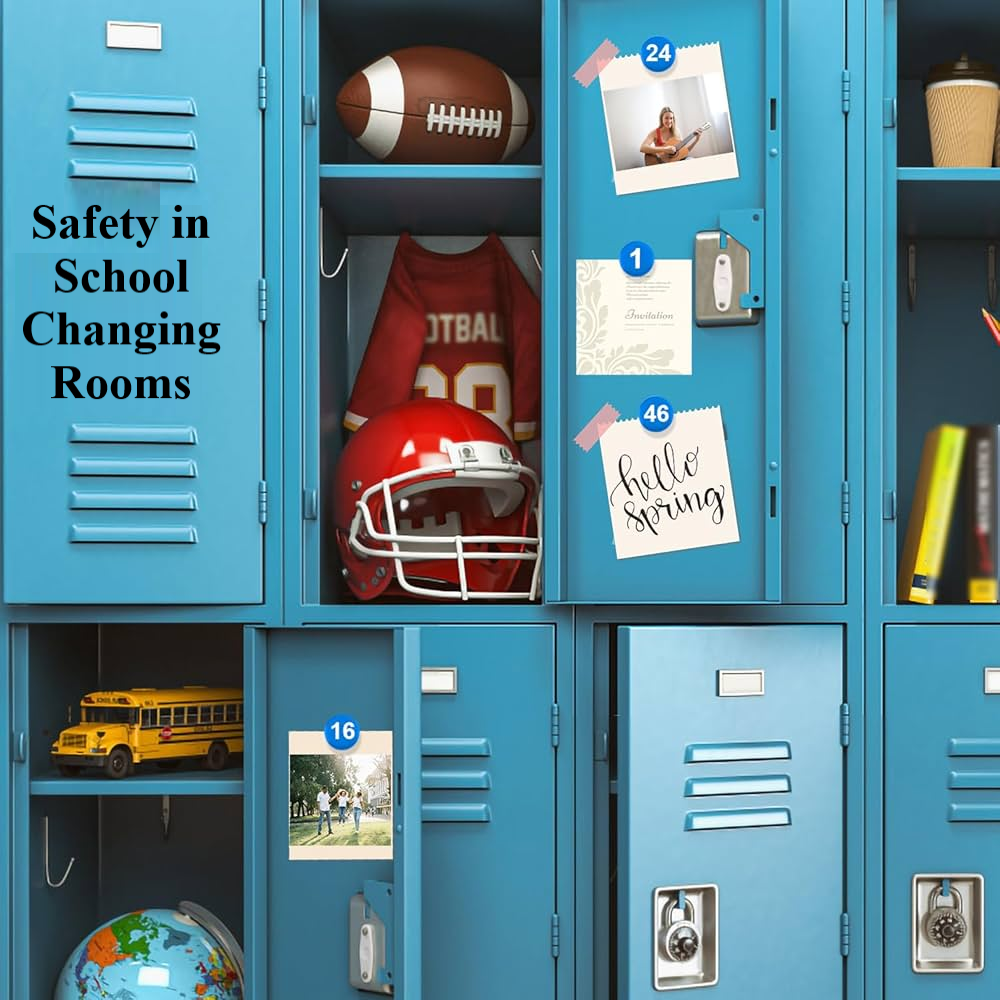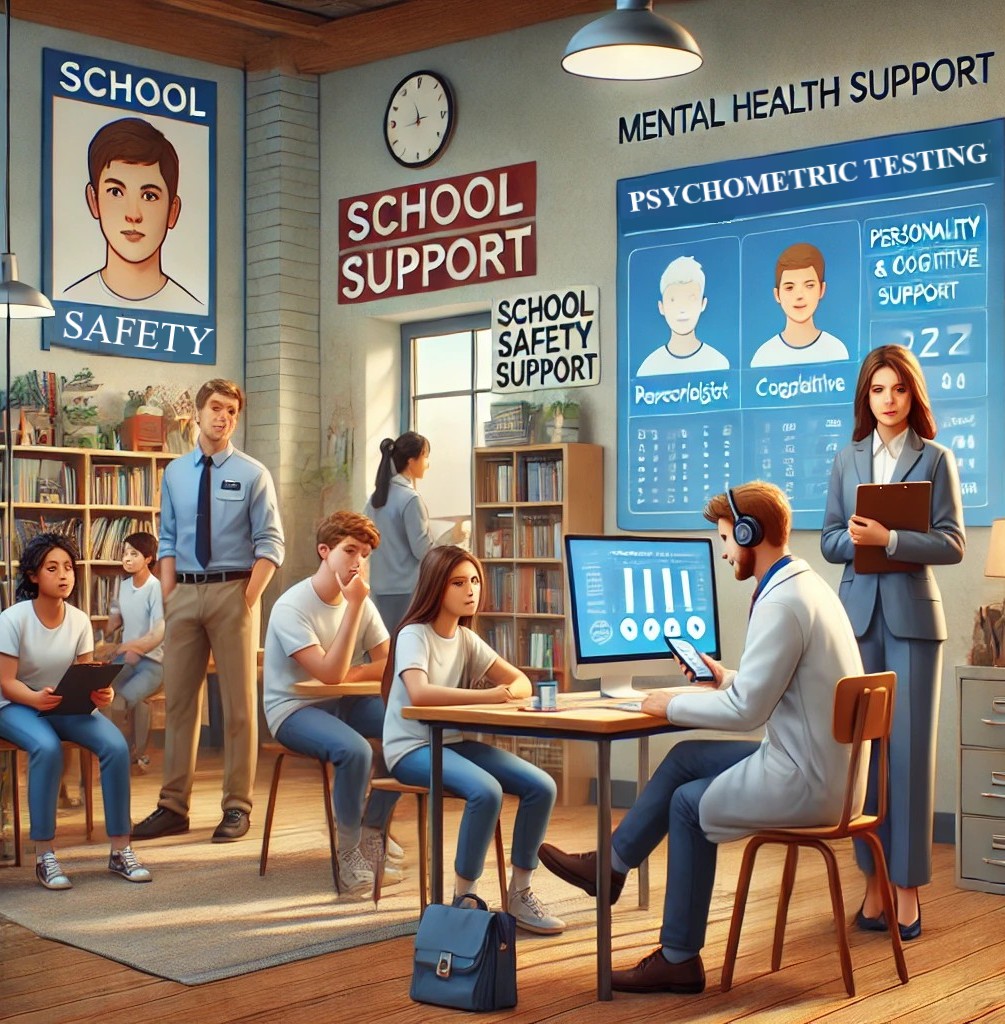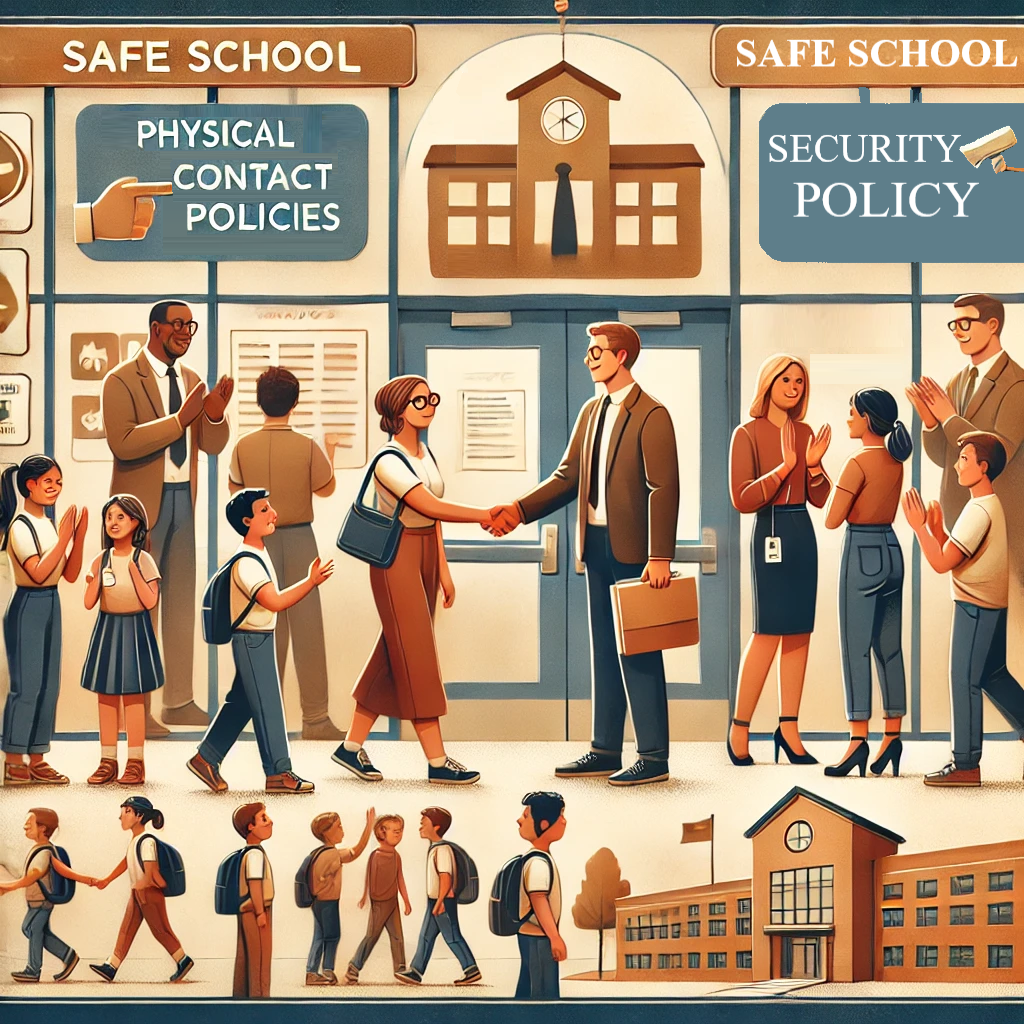Understanding the Role of Risk Assessment Policies in School Safety
Introduction
School safety is a
major concern for educators, parents, and policymakers. A well-defined risk
assessment policy is essential for identifying potential hazards and
implementing measures to prevent harm. Schools must proactively assess risks to
create a secure learning environment.
What is a Risk Assessment Policy?
A risk assessment
policy is a structured approach to identifying, evaluating, and mitigating
potential threats to student and staff safety. This includes physical threats
like unauthorized access, fire hazards, and violence, as well as psychological
risks like bullying and cyber threats.
Key Components of a Risk Assessment Policy
- Hazard Identification – Recognizing
potential risks within the school environment.
- Risk Evaluation – Assessing
the likelihood and severity of identified risks.
- Preventive Measures – Implementing
security protocols, access control, and surveillance.
- Crisis Response Planning – Establishing
emergency procedures for fire, lockdowns, and medical incidents.
- Continuous Monitoring – Regularly
reviewing and updating policies to adapt to emerging threats.
Why Schools Need a Risk Assessment Policy
- Ensures a proactive rather than
reactive approach to school safety.
- Reduces liability and protects
educational institutions from legal consequences.
- Builds confidence among parents,
students, and staff by demonstrating a commitment to safety.
